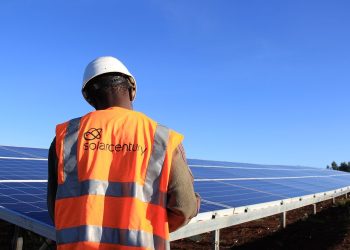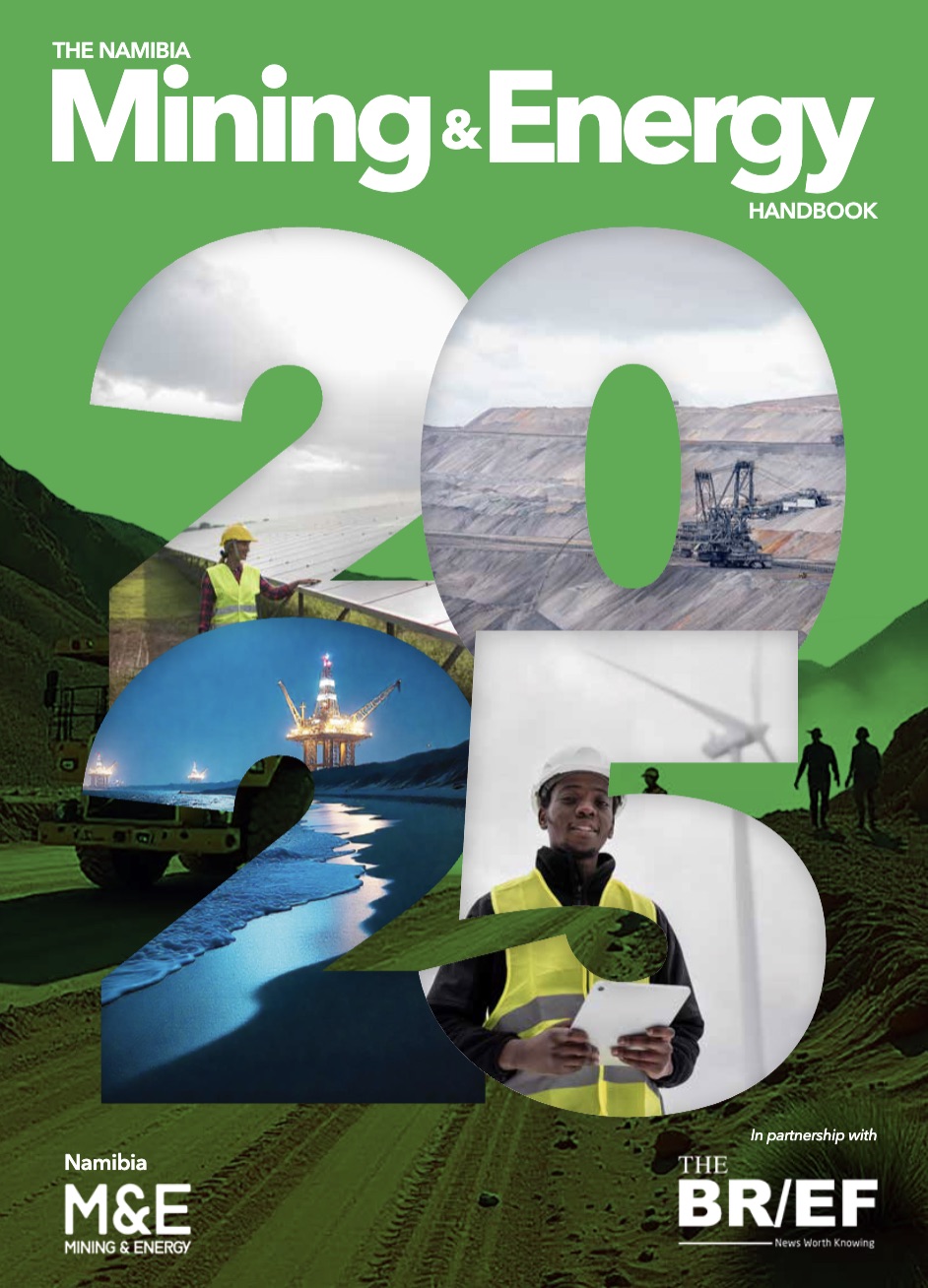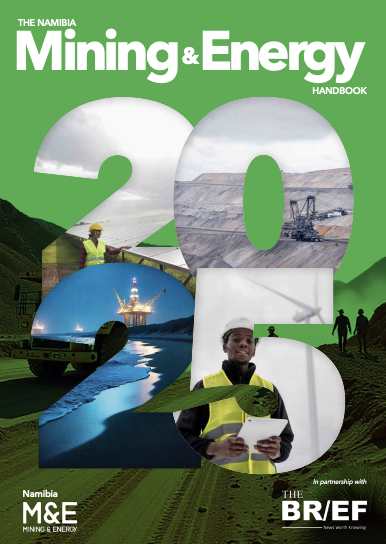
Puma Energy Namibia has called for immediate investment in pipeline and rail infrastructure to meet the country’s rising demand for petroleum products and to reduce overreliance on road transportation.
Speaking on Namibia’s evolving energy landscape, Puma Energy Namibia General Manager, Adell Samuelson, said the country’s fuel demand is projected to increase by 64% over the next 15 years, warning that the current dependence on road haulage is both inefficient and unsustainable.
“Namibia’s fuel transport system is heavily reliant on roads, which is inefficient and costly. In 2022 alone, nearly 28,000 truckloads of fuel left Walvis Bay, travelling a combined 28 million kilometres. That figure could reach 40,000 truckloads annually by 2040,” Samuelson said.
She highlighted that only 14% of fuel in Namibia is currently transported by rail, placing immense pressure on the road network and raising safety concerns.
“Reducing the transportation of fuel by road will prolong the life of Namibia’s road infrastructure and improve road safety. There is a clear case for investment in alternatives,” she said.
Samuelson also emphasised Namibia’s critical role in regional fuel distribution, particularly to landlocked neighbours such as Botswana, which relies heavily on Walvis Bay for its fuel imports.
This comes amid progress on the Trans Kalahari Railway Project, intended to link Mmamabula in Botswana with Walvis Bay.
The initiative is estimated to cost N$10 billion. Upon completion, it is expected to boost Botswana’s fuel imports via Walvis Bay by 152% by 2040.
“Strategic infrastructure projects like the Trans Kalahari Railway are vital. They are not only economically beneficial but also strengthen Namibia’s position as a regional fuel corridor,” Samuelson said.
She further noted that Namibia is pressing ahead with the second phase of its Transport Infrastructure Improvement Programme, which includes the construction of a 207-kilometre rail line between Kranzberg and Otjiwarongo, supported by the African Development Bank.
Beyond rail, Samuelson highlighted pipelines as a more cost-effective and secure long-term solution for transporting fuel. “A proposed 1,500-kilometre pipeline from Walvis Bay to Gaborone could serve both Botswana and Zambia, offering competitive delivery costs. Smaller intra-country pipelines could also enhance distribution within Namibia,” she added.
She referenced the 2022 Memorandum of Understanding between Namibia and Zambia on the NAZOP pipeline project as a positive example of regional collaboration to improve fuel supply security. “While the NAZOP pipeline may not be immediately cost-competitive, it enhances supply security and signals a commitment to long-term cooperation,” Samuelson explained.
A recent report by African energy consultancy CITAC, commissioned by Puma Energy, underscored the urgency for targeted investment in fuel supply infrastructure. The report advocates for improving affordability, accessibility, and supporting the shift towards lower-carbon energy systems.
Puma Energy Namibia, which operates 61 retail sites and manages major fuel storage facilities in Walvis Bay, reaffirmed its commitment to partnering with the Namibian government and regional stakeholders to realise infrastructure goals.
“With the right investments, Namibia can transform into a strategic maritime and energy hub, fuelling growth across Southern Africa,” Samuelson said.







